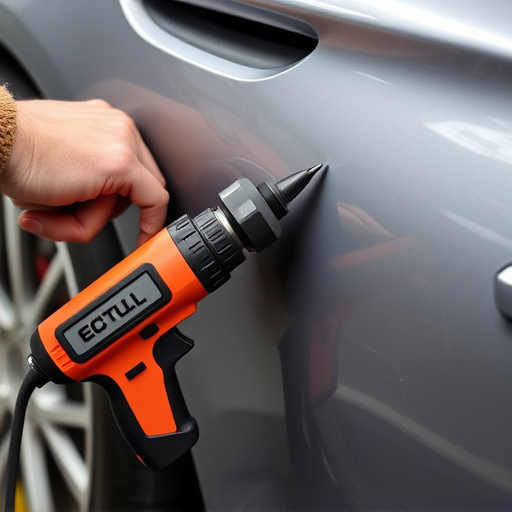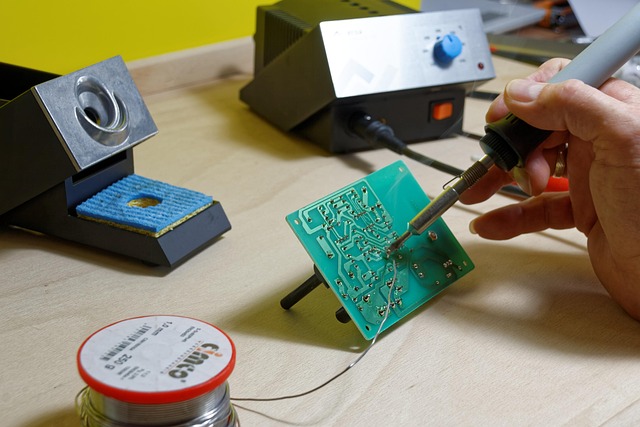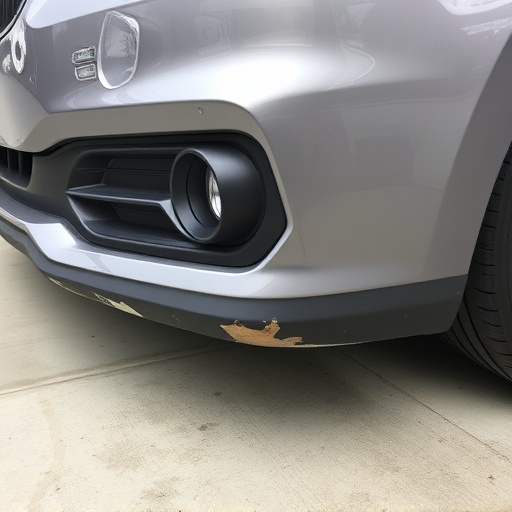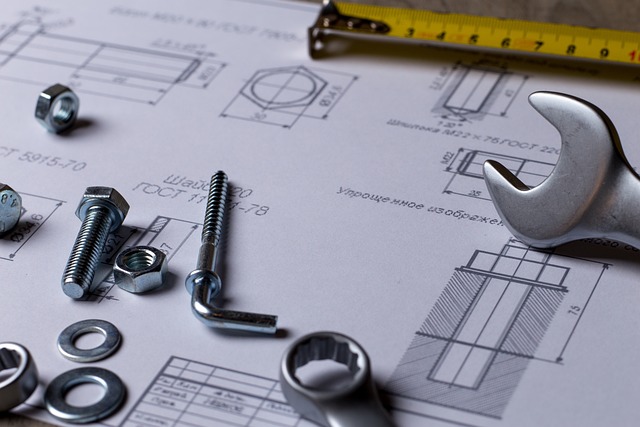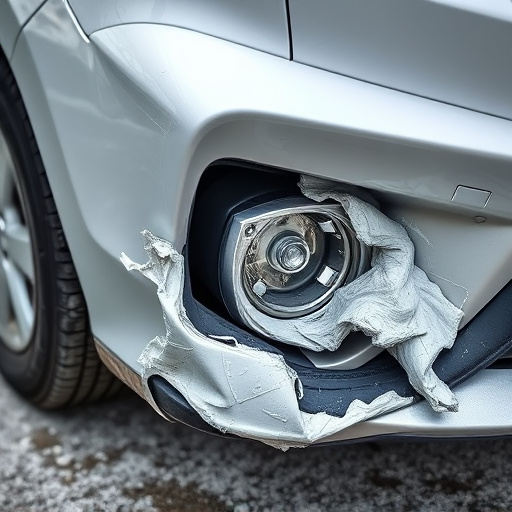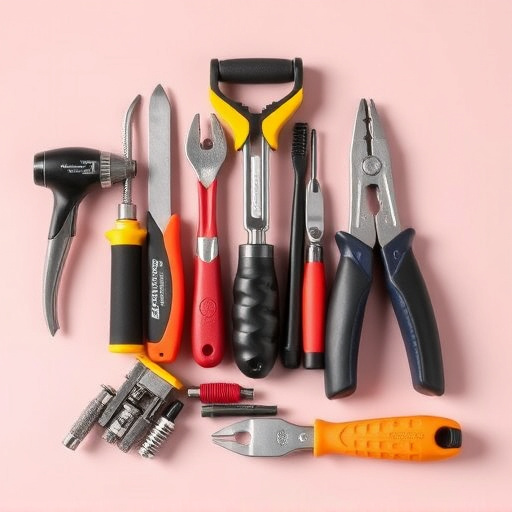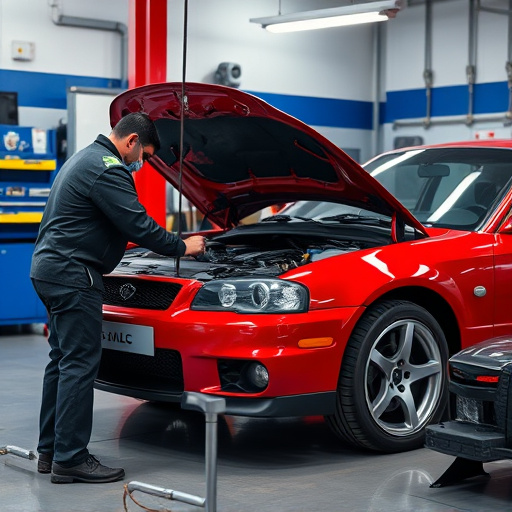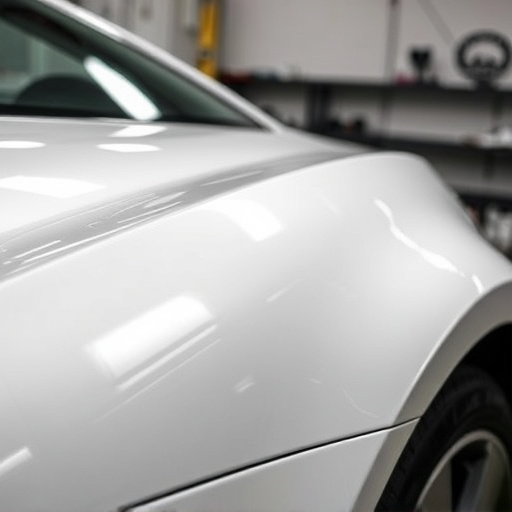Plasma cutting technology is revolutionizing collision repair, providing a precise and efficient method for auto frame repair. This technique uses an arc discharge to create a plasma beam that cuts metal quickly and accurately, suitable for various tasks from minor dents to large body sections. By minimizing heat input and distortion, plasma cutting restores damage panels to original specifications, reducing rework and turnaround times. It's considered a game-changer compared to traditional methods, boosting customer satisfaction with superior repair quality. However, maximum benefits require best practices including proper preparation, de-rusting/degreasing, accurate cutting by experienced technicians, and post-cutting treatments like sandblasting and priming.
Discover the power of plasma cutting technology for efficient and precise collision repair. This innovative method offers numerous advantages, from minimizing material waste to achieving seamless, structural integrity. Learn how to maximize its benefits by understanding the fundamentals of plasma cutting and implementing best practices tailored for collision repair. Elevate your restoration game with this modern, effective approach.
- Understanding Plasma Cutting Technology for Collision Repair
- Maximizing Efficiency and Precision in Plasma Cutting
- Best Practices for Effective Collision Repair Using Plasma Cutting
Understanding Plasma Cutting Technology for Collision Repair
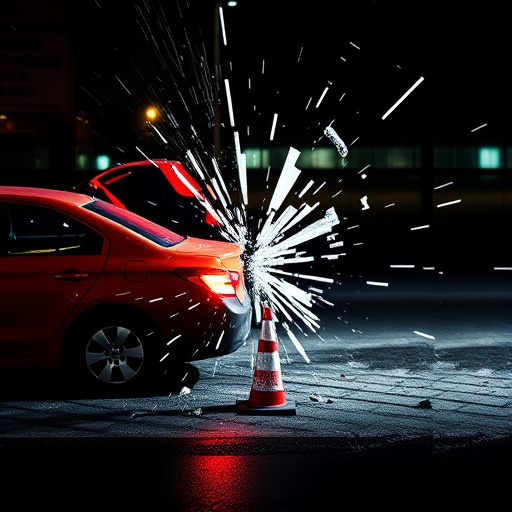
Plasma cutting technology has revolutionized the landscape of collision repair, offering a precise and efficient method for auto frame repair. Unlike traditional cutting techniques, plasma cutting uses a high-velocity stream of ionized gas to cut through metal, resulting in clean and accurate cuts. This advanced technology is particularly beneficial for intricate car collision repair tasks that demand meticulousness and speed.
Understanding how plasma cutting works involves grasping the concept of an arc discharge. When an electric current passes through a gas, it creates a plasma, which is essentially a highly energetic and ionized state of matter. This plasma is then directed towards the metal surface, heating it to extreme temperatures and allowing for precise cutting. The process is both fast and versatile, making it ideal for various auto detailing tasks in collision repair shops, from repairing minor dents to replacing large sections of car bodies.
Maximizing Efficiency and Precision in Plasma Cutting
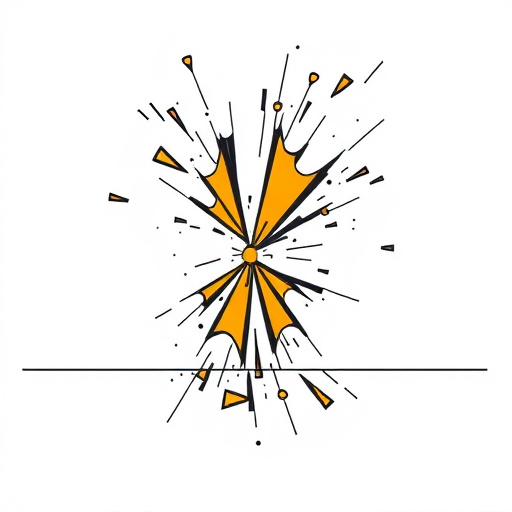
Maximizing efficiency and precision is key when it comes to plasma cutting collision repair. By utilizing advanced plasma cutting technology, auto repair shops can significantly enhance their capabilities in car scratch repair and car body repair. This process involves a highly focused beam of ionized gas that cuts through various materials with remarkable speed and accuracy, ensuring minimal heat input and reduced material distortion. Such precision is invaluable when dealing with intricate car body repairs, as it allows for the restoration of damaged panels to their original specifications without compromising structural integrity.
In the realm of plasma cutting collision repair, achieving high precision means less rework and faster turnaround times. This not only benefits the auto repair shop by increasing productivity but also guarantees higher customer satisfaction due to the superior quality of repairs. Moreover, the ability to perform plasma cutting with finesse opens up new possibilities for creative restoration work, making it a game-changer in the industry, especially when compared to traditional cutting methods used in car body repair.
Best Practices for Effective Collision Repair Using Plasma Cutting

Plasma cutting collision repair is a highly effective method for precise and efficient car body repair. To maximize its benefits, several best practices should be followed. First, ensure proper preparation of the damaged area. This includes removing all debris, cleaning the surface, and inspecting for hidden damage. Using specialized tools for de-rusting and degreasing can significantly enhance the quality of the cut and adherence of subsequent repairs.
During the plasma cutting process itself, accuracy is key. Employ experienced technicians who understand the intricacies of plasma cutting collision repair. They should utilize precise templates and guidelines to ensure cuts are clean, straight, and consistent with the vehicle’s original design. Post-cutting treatments such as sandblasting and priming are crucial steps that prepare the car body for painting or further restoration, including bumper repair and car restoration processes.
Plasma cutting collision repair offers a highly efficient, precise, and effective solution for auto body shops. By understanding the technology, maximizing its capabilities through best practices, and adopting strategic approaches, professionals can achieve superior results, reduce downtime, and enhance overall customer satisfaction in collision repair processes. Embracing plasma cutting as a game-changer in the industry ensures folks can benefit from a robust, modern repair method that underscores the need for advanced automotive services.

